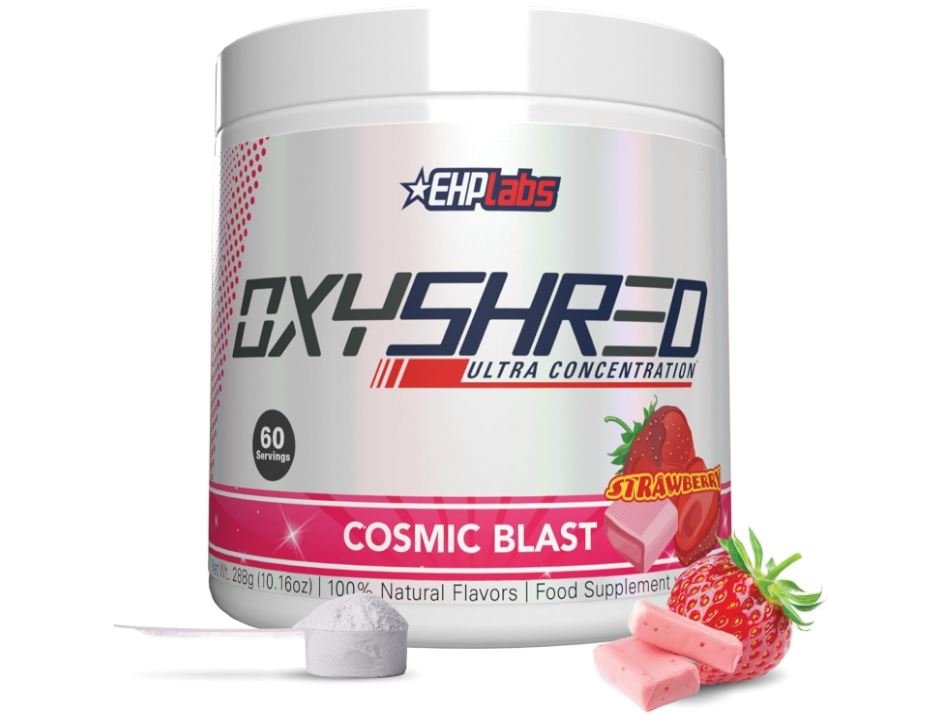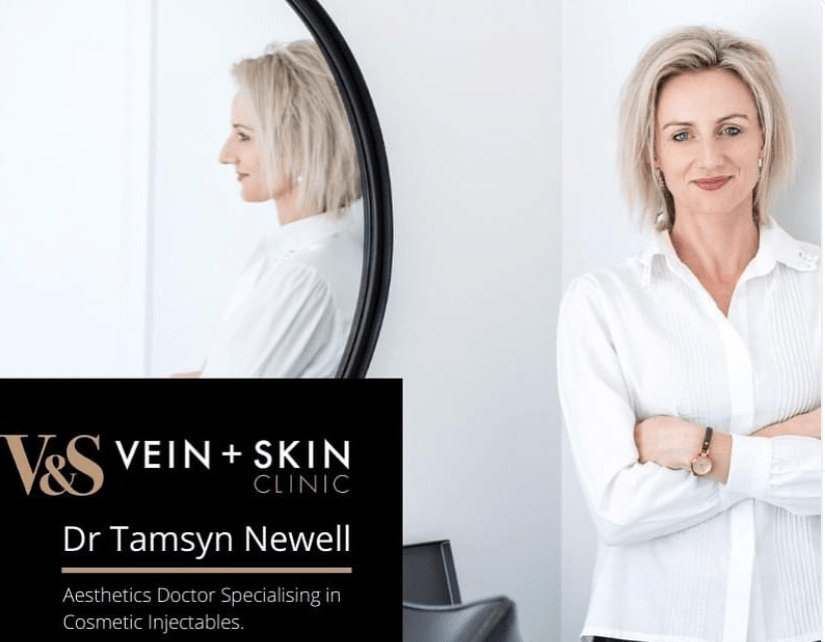Although Demi Moore’s captivating presence and timeless appeal have long enthralled audiences, her recent changes have generated an irresistible conversation. Speculation regarding plastic surgery has significantly increased in recent years, especially following her 2021 runway appearance at Fendi. With high cheekbones, taut skin, and a smoothness that defied typical signs of aging, her face seemed oddly sculpted. Experts offered persuasive, albeit unofficial, analysis in response to fans’ worries.
The deep plane facelift, a particularly novel technique that targets the muscles and fat pads of the face to restore a youthful contour, is probably the reason. This technique lifts from within, producing longer-lasting and more natural-looking results than traditional facelifts, which only pull the skin. Such a change is not merely a cosmetic choice for someone like Moore, who has been the subject of public scrutiny for decades; rather, it is a deliberate adjustment to the exacting aesthetic standards of Hollywood.
Demi Moore – Bio & Career Snapshot
| Attribute | Details |
|---|---|
| Full Name | Demi Gene Guynes |
| Date of Birth | November 11, 1962 |
| Age | 62 |
| Profession | Actress, Producer, Former Model |
| Notable Films | Ghost, G.I. Jane, Striptease, Indecent Proposal, A Few Good Men |
| Marriages | Freddy Moore (1980–1985), Bruce Willis (1987–2000), Ashton Kutcher (2005–2013) |
| Children | 3 (Rumer, Scout, and Tallulah Willis) |
| Estimated Surgery Cost | $250,000–$300,000 (rumored) |
| Reference Link | Absolute Cosmetic on Demi Moore |
Additionally, observers note the possibility of buccal fat removal, a technique that is becoming more and more common for shaping the cheeks by drawing fat out of the hollows. Botox injections can give the face a smooth, nearly porcelain-like texture, especially around the eyes and forehead. Although it works incredibly well for red carpet appearances, it frequently raises concerns about emotional expression and authenticity.
However, Moore has shown a significant change in more recent times. Her appearance at the Golden Globes on January 5 showed a more balanced, toned, and naturally glowing face. Moore may have undone some previous choices, removing facial fillers and reducing the amount of Botox, according to an insider cited by Life & Style. Her once-overly-pronounced cheeks now seem less prominent, resembling her appearance from earlier in her career. It’s a subtle but unquestionably successful turnabout.
This changing style reflects discussions in the industry at large. Following criticism from the public, celebrities like Courteney Cox and Nicole Kidman have publicly talked about renouncing cosmetic procedures. These reversals indicate a desire for authenticity in an era of meticulously manicured appearances; they are more than just vanity adjustments. Even well-known people appear to be reevaluating their relationship with cosmetic enhancement as filters and AI-generated touchups change our definition of beauty.
It is especially helpful that Moore has placed a renewed emphasis on less invasive techniques like laser resurfacing, lymphatic drainage facials, and microneedling. Without the obvious stiffness of surgery, these treatments improve elasticity and promote collagen production, focusing on skin health from the inside out. They provide an extremely effective and long-lasting route to graceful aging when paired with focused wellness practices, such as plant-based diets, sleep management, and strategic hydration.
Although he hasn’t treated Moore, prominent aesthetician Dr. Glenn Murray has publicly assessed her likely decisions. He thinks that procedures like laser skin resurfacing and perhaps a neck lift, in addition to facelifts and fillers, have helped her look more refreshed. These are gradual improvements rather than drastic makeovers, with each one gradually improving her appearance. The end effect of the methodical layering of techniques is strikingly obvious: a face that retains emotional depth while telling fewer stories of time.
However, physical transformation is not the only topic of this conversation. It also discusses how women in high-profile occupations are disproportionately impacted by social pressures. Actresses over 50 have been subtly phased out for decades, with younger, smoother faces taking their places. Moore’s choice to keep—and now soften—her appearance points to a subdued opposition to that narrative. She has changed the frame through which she is viewed rather than disappearing.
It is a message that is relevant outside of Hollywood. Women are under increasing pressure to maintain their visual relevance across all industries, and they are frequently assessed more harshly than men. Moore’s changing appearance in this situation is not a sign of vanity but rather of agency. She is redefining visibility at age 62 rather than aggressively clinging to youth or retreating into invisibility.
It’s interesting to note that the financial data supporting these adjustments is equally telling. Moore may have spent as much as $300,000 on various improvements over the years, according to reports. Although that amount may seem excessive, it is in line with what many wealthy people spend on upkeep—not only for aesthetic reasons, but also as a calculated move to maintain their marketability to the general public.
Conversations about aging and beauty have changed over time as a result of Moore’s evolving aesthetic choices. She is increasingly perceived as someone learning to navigate cosmetic culture with grace and nuance, rather than as a warning story of surgical excess. She offers a road map for others facing comparable decisions, whether in Hollywood, business boardrooms, or on social media feeds, by recognizing both historical improvements and contemporary recalibrations.
In many respects, this movement toward openness and restraint is a return to the principles of harmony, balance, and subtlety that once characterized enduring beauty. Moore now looks radiant and genuine thanks to deliberate choices and careful alterations. Her greatest lasting strength might not be any one technique but rather this genuineness.







